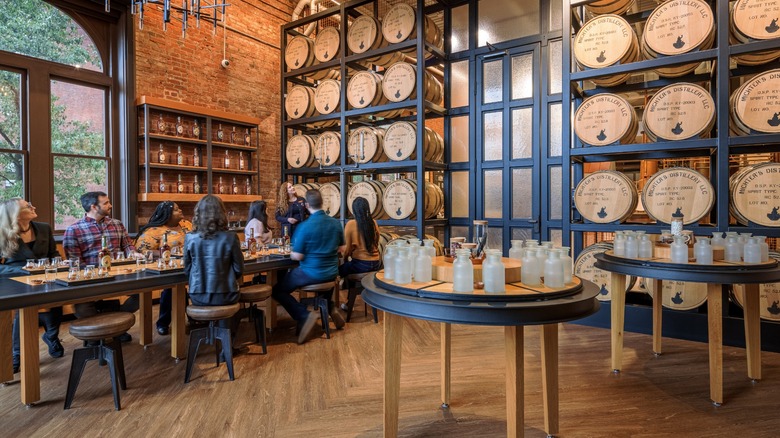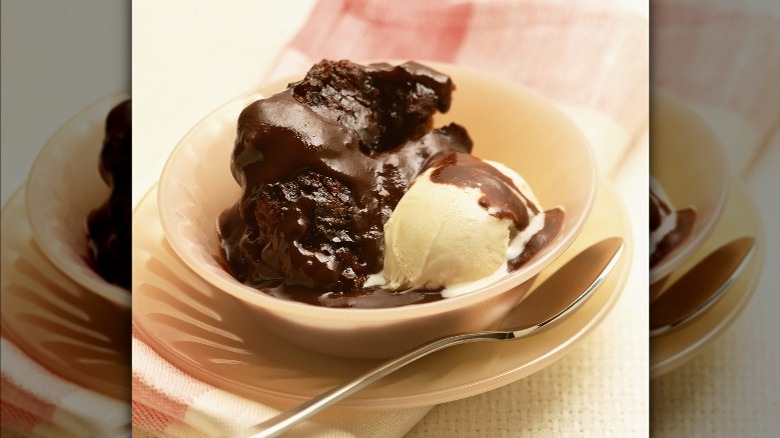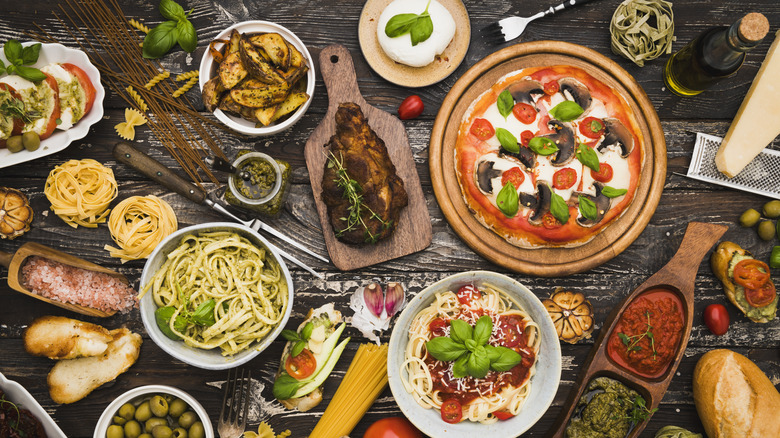BAGSMART Large Toiletry Bag Travel Bag with Hanging Hook, Water-resistant Makeup Cosmetic Bag Travel Organizer for Accessories, Shampoo, Full Sized Container, Toiletries
$17.99 (as of November 20, 2024 15:23 GMT +00:00 - More infoProduct prices and availability are accurate as of the date/time indicated and are subject to change. Any price and availability information displayed on [relevant Amazon Site(s), as applicable] at the time of purchase will apply to the purchase of this product.)In “Exploring Piedmont Cuisine,” you’ll embark on a delightful culinary journey through the flavors and traditions of this northern Italian region. Imagine savoring the rich, earthy taste of Alba white truffles shaved delicately over a simple risotto made from locally grown carnaroli rice. Picture indulging in a plate of vitello tonnato, where thin slices of chilled veal are dressed in a creamy tuna-egg sauce, or biting into the savory goodness of agnolotti, a stuffed pasta filled with roasted meats or vegetables. And what could be more comforting than dipping fresh, seasonal veggies into a warm bagna cauda, a rich dip made from garlic, olive oil, butter, and anchovies? From the exquisite gianduja chocolates to the hearty mixed boiled meats served with vibrant salsa verde, Piedmont’s cuisine invites you to experience its distinct and mouthwatering heritage. Have you ever wondered what makes Piedmont cuisine so unique and delicious? Whether you’re a seasoned traveler or an armchair culinary explorer, the flavors of Piedmont, Italy, offer an unmatched gastronomic experience worth diving into. Nestled in the heart of northern Italy, this region is famed for its rich culinary traditions, local ingredients, and time-tested recipes that are bound to tantalize your taste buds.
Get an Official Zagat Restaurant Guide
Piedmont Cuisine
Piedmont cuisine shines brightly in the array of regional Italian cuisines, thanks largely to its distinctive flavors and reliance on locally sourced ingredients. Nestled between the Alps and the fertile Po River plains, Piedmont offers a wealth of produce and culinary treasures like white truffles and world-class wines. Let’s dive into its famous dishes and see what sets this culinary region apart.
Vitello Tonnato
One of the iconic dishes of Piedmont is Vitello Tonnato. Picture thin slices of veal, cooked to perfection, and generously topped with a smooth, somewhat tangy tuna-egg sauce. This dish is served cold, making it a favorite appetizer, especially in warmer months. The combination of tender veal and the unique sauce offers an elegant and refreshing start to any meal.
Agnolotti
Agnolotti is Piedmont’s treasured stuffed pasta. Unlike the more commonly known ravioli, Agnolotti is folded once into a pocket shape, giving it a unique texture and flavor profile. The fillings can range from roasted meats, like pork or beef, to a variety of vegetables. Rolled, stuffed, and shaped by hand, Agnolotti embodies the essence of Piedmontese craftsmanship.
Risotto
Risotto is another staple of Piedmontese dining. Made with locally grown carnaroli or arborio rice, the risotto here is known for its creamy consistency and rich flavors. Traditional preparation is deceptively simple, involving only rice, wine, onions, butter, broth, Parmesan, and seasoning. Yet, it’s this simplicity that allows the quality of local ingredients to shine through.
Bagna Cauda
Bagna Cauda is a warm dip made with garlic, olive oil, butter, and anchovies. This flavorful concoction is traditionally served with an assortment of fresh, uncooked seasonal vegetables and bread. The blend of pungent garlic and savory anchovies creates a harmonious taste, perfect for communal dipping and sharing.
Salsiccia di Bra
Have you heard of Salsiccia di Bra? This specialty sausage from Bra is often eaten raw—a testament to the high quality of its ingredients. Made from premium beef and pork fat, Salsiccia di Bra is recognized by its distinctive spiral shape. Wonderfully seasoned and exceedingly fresh, it’s a delicacy worth savoring.
Gianduja
If you have a sweet tooth, you’ll adore Gianduja. This chocolate-hazelnut confection was invented during a cocoa shortage in the 1800s, blending cocoa with locally abundant hazelnuts. Today’s Gianduja is available in various forms, including chocolates and ice creams, often considered a precursor to Nutella.
Tajarin
Tajarin is Piedmont’s take on tagliolini, a thin egg ribbon pasta. Made with a generous number of egg yolks, Tajarin boasts a rich, yellow hue and a silky texture. It is often served with hearty meat sauces or simply with butter and herbs, allowing the pasta’s delicate flavor to stand out.
Alba White Truffle
Possibly the most celebrated ingredient in Piedmont is the Alba White Truffle. Exclusively harvested in the Piedmont region, particularly around the town of Alba, these truffles are celebrated for their remarkable aromatic qualities. They’re often added to dishes for an extra fee, and the International White Truffle Fair in Alba is a must-visit for any truffle enthusiast.
Mixed Boiled Meat
Known in Italian as Bollito Misto, this hearty dish showcases multiple cuts of beef and offal, all boiled to tender perfection with an array of herbs. Traditionally, it’s served with various sauces, including the green or red bagnet sauces, elevating the simple boiled meats to a whole new level of flavor.
Salsa Verde
Speaking of sauces, Salsa Verde is another Piedmontese highlight. Made from olive oil, parsley, garlic, anchovies, capers, and lemon juice, this green sauce is a vibrant addition to boiled meat dishes. The citrusy zesty edge enhances the flavors of the meat, making each bite more delectable.
Baci di Dama
End your meal on a sweet note with Baci di Dama, or “lady kisses.” These hazelnut cookies, joined with a luscious chocolate filling, are as delightful to eat as they are to look at. The delicate flavors and perfect pairing of hazelnut and chocolate make these a favorite treat among locals and visitors alike.
Experiencing Piedmont Cuisine Firsthand
Experiencing Piedmontese cuisine is best done in its place of origin. The region’s towns and cities, from the bustling streets of Turin to the serene landscapes of Alba, offer a wealth of culinary gems waiting to be discovered. Engage in local food tours, visit farmer’s markets, and dine at traditional trattorias to truly immerse yourself in Piedmont’s rich gastronomic heritage.
Turin
Turin, the capital of Piedmont, is a melting pot of traditional and modern culinary experiences. The city’s historic cafes and gourmet restaurants are ideal spots to savor dishes like Vitello Tonnato and Tajarin. Don’t miss out on Turin’s iconic chocolate, often infused with the region’s renowned hazelnuts.
Alba
Alba, nestled in the heart of the Langhe region, is famed for its white truffles. Autumn is the perfect time to visit, as it coincides with the International White Truffle Fair. Local restaurants offer a variety of truffle dishes, from simple truffle-laden pasta to more intricate creations that spotlight this prized fungus.
Bra
The town of Bra is a charcuterie heaven, especially for those who appreciate top-quality sausages. Home to Salsiccia di Bra, the town also hosts Cheese, a biennial event organized by Slow Food that celebrates cheeses from around the world. A visit to Bra will also allow you to experience the local food culture deeply rooted in tradition.
Culinary Festivals
Piedmont hosts numerous food festivals throughout the year, each offering a chance to explore the region’s culinary arts. Here’s a quick look at some notable events:
| Festival | Location | Featured Foods |
|---|---|---|
| International White Truffle Fair | Alba | White truffles, local wines |
| Cheese | Bra | Artisanal cheeses |
| Douja d’Or Wine Festival | Asti | Award-winning wines, local dishes |
| Festa del Riso | Vercelli | Risotto dishes, rice-related events |
These festivals are wonderful opportunities to taste regional specialties, interact with local producers, and learn about the culinary techniques and traditions that make Piedmont cuisine so special.
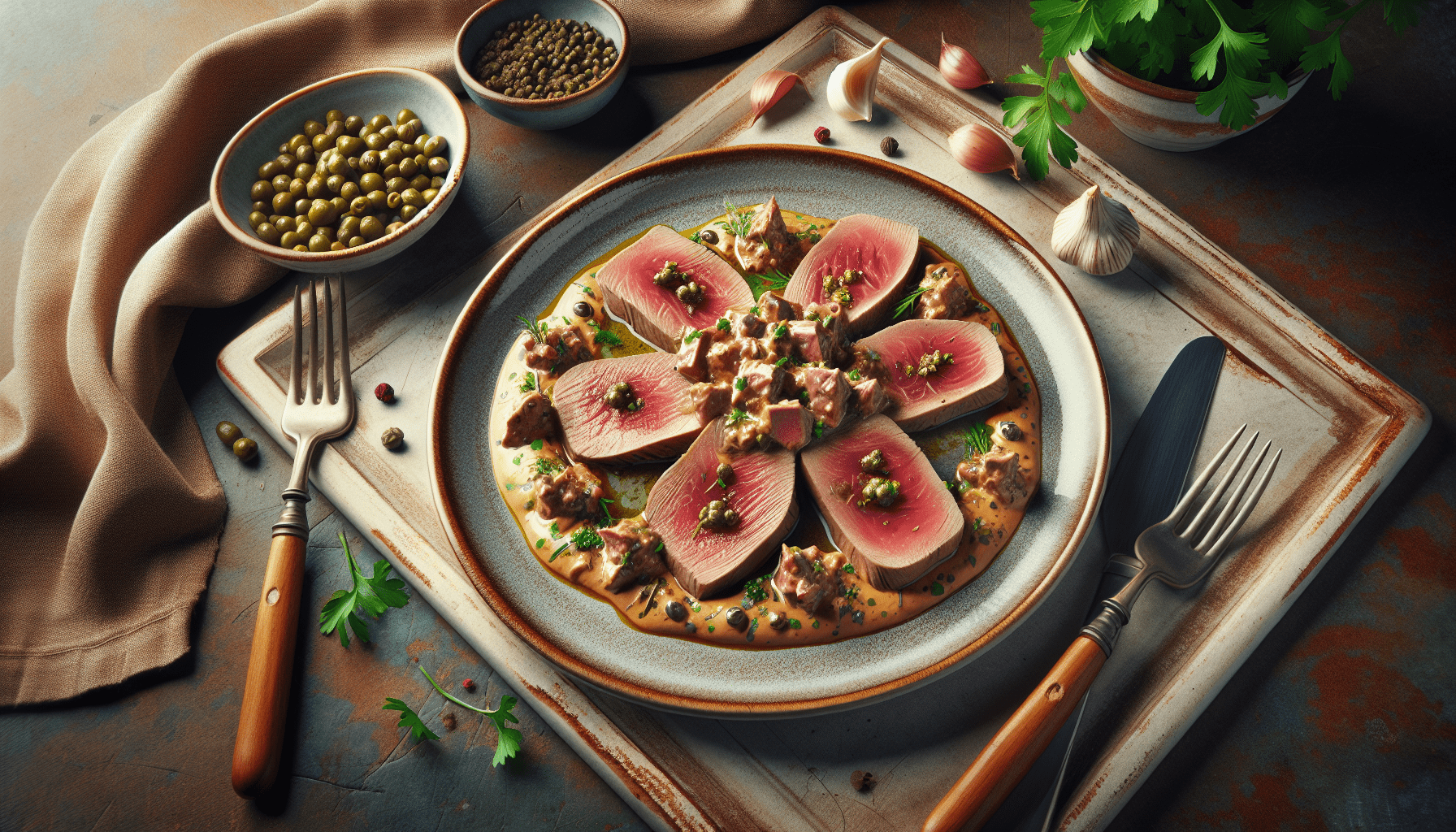
Get an Official Zagat Restaurant Guide
Cooking Piedmontese Dishes at Home
If a trip to Piedmont isn’t on your immediate horizon, don’t worry. You can bring the flavors of this remarkable region into your own kitchen. Here’s how you can recreate some of the classic dishes mentioned above:
Vitello Tonnato Recipe
Ingredients:
- 1 pound veal roast
- 2 cups chicken broth
- 1 carrot, chopped
- 1 onion, chopped
- 2 celery stalks, chopped
- 1/2 cup mayonnaise
- 1 can (3-4 oz) tuna, drained
- 2 hard-boiled eggs
- 3 anchovy fillets
- 1 tbsp capers
- Juice of 1 lemon
- Salt and pepper to taste
Instructions:
- In a large pot, combine the veal, chicken broth, carrot, onion, and celery. Bring to a boil, then reduce heat and let simmer for about an hour or until the veal is tender.
- Remove the veal and let it cool before slicing thinly.
- For the sauce, blend the mayonnaise, tuna, hard-boiled eggs, anchovy fillets, capers, and lemon juice until smooth. Add salt and pepper to taste.
- Arrange the veal slices on a platter and pour the sauce over. Chill in the refrigerator before serving.
Agnolotti Recipe
Ingredients:
- 2 cups all-purpose flour
- 3 large eggs
- 1 cup roasted meat (beef, pork), finely chopped
- 1/2 cup ricotta cheese
- Pinch of nutmeg
- Salt and pepper to taste
- Butter and sage leaves for garnish
Instructions:
- On a clean surface, mound the flour and make a well in the center. Crack the eggs into the well and mix with a fork, gradually incorporating the flour until a dough forms.
- Knead the dough until smooth, then wrap in plastic and let rest for 30 minutes.
- In a bowl, combine the roasted meat, ricotta, nutmeg, salt, and pepper to create the filling.
- Roll out the dough into thin sheets. Place small mounds of filling on one sheet, then cover with another sheet and press around the filling to seal.
- Cut into individual Agnolotti shapes and cook in boiling salted water until they float to the surface.
- Serve with melted butter and sage leaves for garnish.
Bagna Cauda Recipe
Ingredients:
- 1 cup olive oil
- 5 cloves garlic, finely minced
- 1/3 cup butter
- 6 anchovy fillets, finely chopped
- Assorted fresh vegetables (carrots, celery, bell peppers, fennel, etc.)
Instructions:
- In a saucepan over low heat, warm the olive oil and add the minced garlic. Cook gently until the garlic is softened but not browned.
- Add the butter and anchovy fillets, stirring until the anchovies dissolve and the mixture is well blended.
- Transfer the Bagna Cauda to a warm dish and serve with an assortment of fresh vegetables for dipping.
Sourcing Ingredients
To truly capture the essence of Piedmont cuisine, sourcing fresh, high-quality ingredients is key. While some ingredients like white truffles may be difficult and expensive to obtain outside of Italy, there are still ways to find good alternatives close to home.
Where to Find Ingredients
- Local Farmers’ Markets: Fresh produce such as vegetables for Bagna Cauda or herbs for Salsa Verde can often be found at farmers’ markets.
- Specialty Italian Stores: Pasta cuts like Tajarin can sometimes be sourced from Italian grocery shops or online retailers specializing in regional Italian foods.
- Online Retailers: Ingredients like anchovy fillets, high-quality olive oil, or even specialty sausages can be found through various online retailers that focus on gourmet and imported foods.
Tips for Ingredient Substitutions
- White Truffles: If you can’t find white truffles, you can use truffle oil as a substitute to get a similar aromatic effect.
- Veal: For Vitello Tonnato, if veal is not easily available, you can substitute it with turkey breast or pork tenderloin.
- Fresh Eggs: Fresh eggs are vital for making the dough for pastas like Agnolotti and Tajarin. Aim to use farm-fresh eggs for the best flavor and texture.
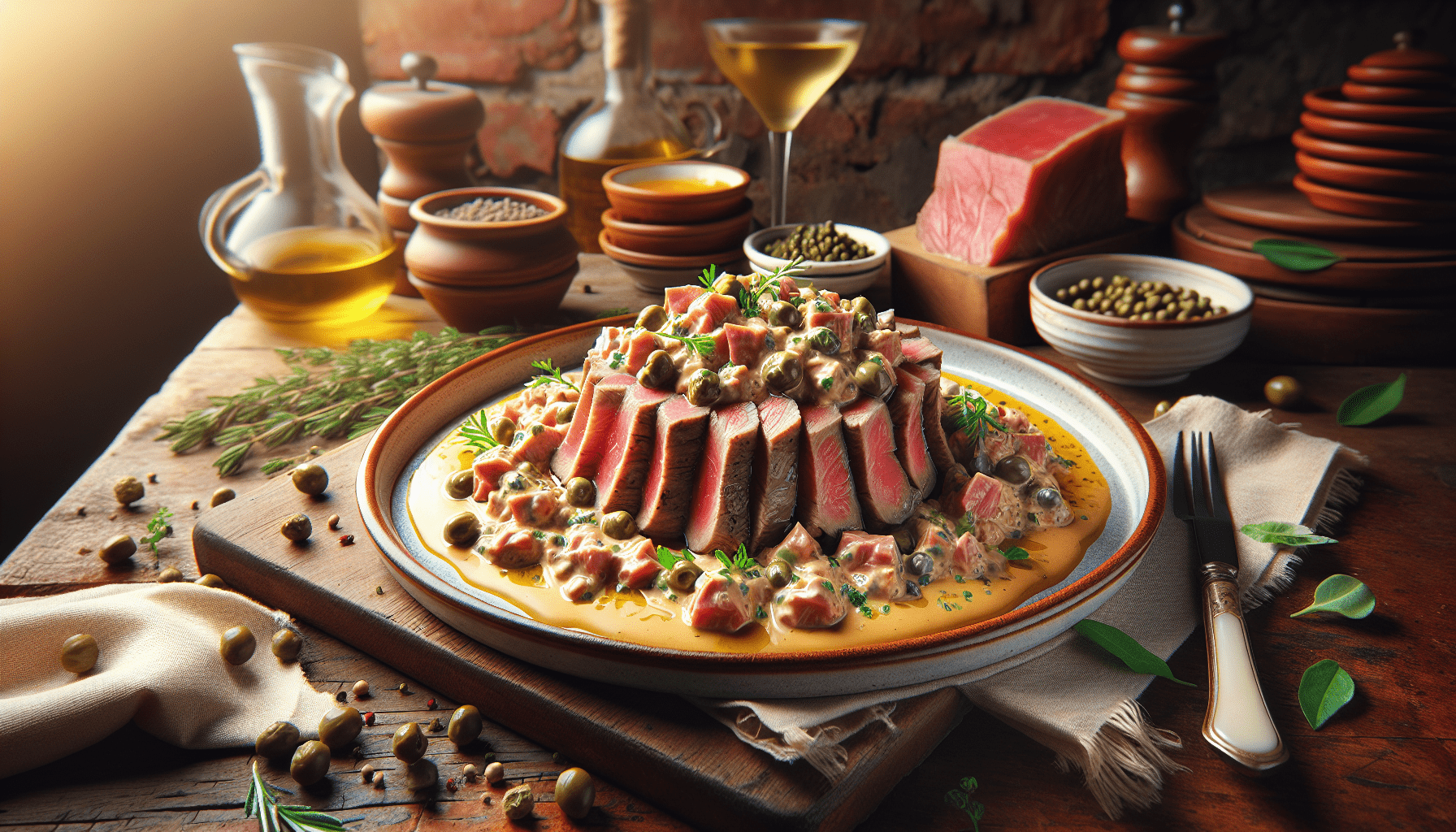
Conclusion
Piedmont cuisine is a feast for the senses, combining rich flavors, fresh ingredients, and time-honored traditions. Whether you’re sampling these dishes in the heart of Italy or creating them in your own kitchen, the magic of Piedmont is sure to captivate you. From the robust flavors of Bagna Cauda to the luxurious aroma of Alba White Truffles, each dish tells a story of this enchanting region.
So, why not embark on your own culinary adventure? Whether you start with a simple Agnolotti recipe or plan an elaborate meal featuring multiple Piedmontese delights, the journey is sure to be rewarding. Happy cooking and Buon Appetito!
Get an Official Zagat Restaurant Guide



